Gaza’s upcoming challenges - By Najla M. Shahwan, The Jordan Times
Following any agreed ceasefire between Israel and Hamas, Palestinians in the Gaza Strip will face immense challenges in rebuilding their lives.
While the cessation of hostilities may offer temporary respite, the devastation caused by nearly two years of conflict has left deep scars across the territory.
Since 7 October 2023, relentless bombardment has devastated civilian life and infrastructure throughout Gaza, leading to immense physical and psychological suffering. More than 1.5 million Palestinians have been displaced from their homes. Over 58,500 have been killed and 139,400 wounded, with thousands still missing or believed buried beneath rubble.
Gaza lies in ruins. Critical infrastructure — including homes, hospitals, schools, shelters, religious sites and basic services — has been either severely damaged or destroyed. With no safe areas remaining, Palestinians are on the brink of survival, struggling to access food, clean water, and life-saving medical care.
More than 90 per cent of homes have been damaged or flattened. Tens of thousands of families are without shelter, forced to live in overcrowded camps or makeshift tents that offer neither protection nor dignity.
Reconstruction is further complicated by a dire shortage of resources, widespread displacement, and limited humanitarian aid. The water crisis has reached a critical level. Only 40 per cent of drinking water facilities remain functional, with fuel shortages driving systems toward collapse. As of mid-July, 95 per cent of households faced water insecurity, heightening public health risks.
Every day, families risk their lives to obtain food. Many subsist on a single meagre meal, while adults routinely forgo eating to feed children, the elderly, or the sick. Hunger and desperation are deepening.
Healthcare is in a state of collapse. Nearly all hospitals have been partially or completely destroyed. Injured civilians and those suffering from chronic or everyday illnesses have little or no access to treatment.
Children bear the brunt of the crisis. Beyond the immediate danger, psychological trauma from displacement, loss, and disrupted education is expected to have lasting consequences for an entire generation. Mental health support is virtually non-existent. Clinics are unable to provide psychosocial care, leaving families to cope alone with their children’s trauma — reported to be extensive and severe.
Over 76,000 students in Gaza have been unable to sit their general secondary exams for two academic years. Rebuilding schools and universities must be prioritised in any postwar recovery plan.
Meanwhile, environmental destruction caused by the bombardment has further endangered public health. Contaminated air, soil and water, along with crumbling sanitation infrastructure, have led to disease outbreaks — including polio. A severe medicine shortage compounds the crisis.
The scale of destruction in Gaza is among the worst in modern history. Rebuilding will require one of the largest and most complex reconstruction efforts in decades.
This is not Gaza’s first crisis. The Strip has endured repeated escalations and major conflicts. Each one has had devastating impacts on infrastructure, public services, and social systems. Yet the current crisis is unprecedented in both scale and depth.
Most of Gaza’s population has lost all sources of income. Even those with money struggle to find food, as agricultural and food production sectors have been obliterated. Even after the guns fall silent, food aid must continue until Gazans are able to rebuild their lives.
The challenge lies not only in delivering aid, but in distributing it fairly and securely. A rigorous monitoring system will be essential to ensure equitable access for all.
The United Nations estimates that Gaza’s reconstruction could take anywhere from 16 to more than 80 years, depending on the pace of recovery. Much will depend on the future security environment and who governs postwar Gaza.
Governance is not merely a political question; it is integral to addressing the humanitarian crisis. Any future government must be capable not only of maintaining security but also of responding to the urgent needs of its people.
Until a ceasefire is achieved with the support of international stakeholders, efforts to release hostages and rebuild Gaza will remain stalled. A series of multilateral dialogues — involving regional, international, and local actors — must be convened to set shared priorities: security, humanitarian relief, and long-term stability.
Without a cohesive reconstruction strategy that upholds Palestinian rights, Gaza risks remaining fractured, volatile, and perpetually vulnerable to further conflict. The postwar future of Gaza remains deeply uncertain, shaped by unresolved political disputes, competing governance models, and overwhelming financial and logistical obstacles.
Whatever shape future recovery takes, one principle must guide it: Gazans must be heard. Their voices and participation are vital to any meaningful and lasting reconstruction.
Latest News
-
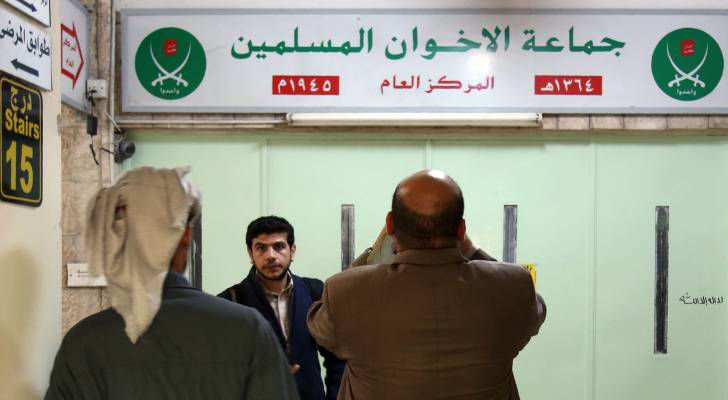 Legal expert outlines repercussions for Muslim Brotherhood financial scheme in Jordan
Legal expert outlines repercussions for Muslim Brotherhood financial scheme in Jordan
-
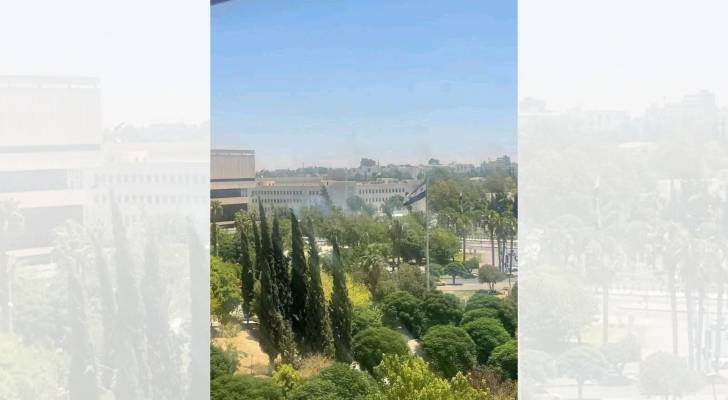 “Israeli” military attacks Syrian army headquarters
“Israeli” military attacks Syrian army headquarters
-
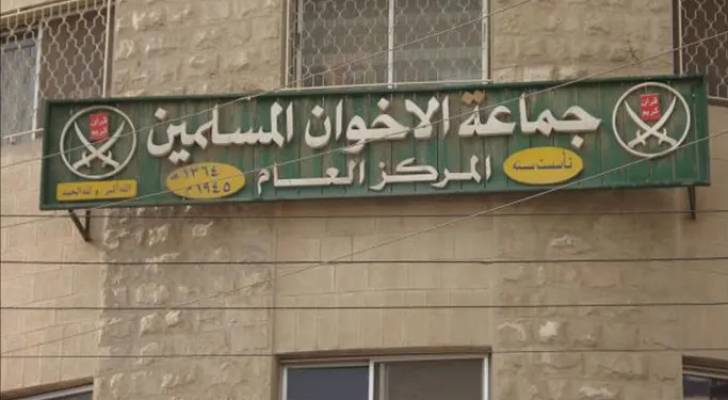 Over 30 million JD: Jordan authorities uncover massive Muslim Brotherhood covert funding scheme
Over 30 million JD: Jordan authorities uncover massive Muslim Brotherhood covert funding scheme
-
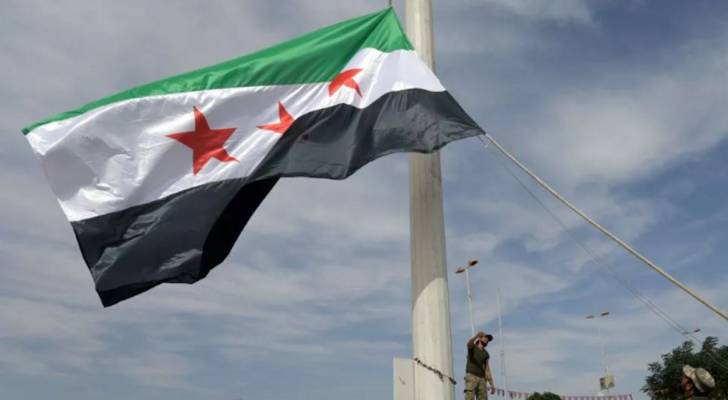 Syria announces ceasefire in Druze-majority Suwayda after deadly clashes
Syria announces ceasefire in Druze-majority Suwayda after deadly clashes
-
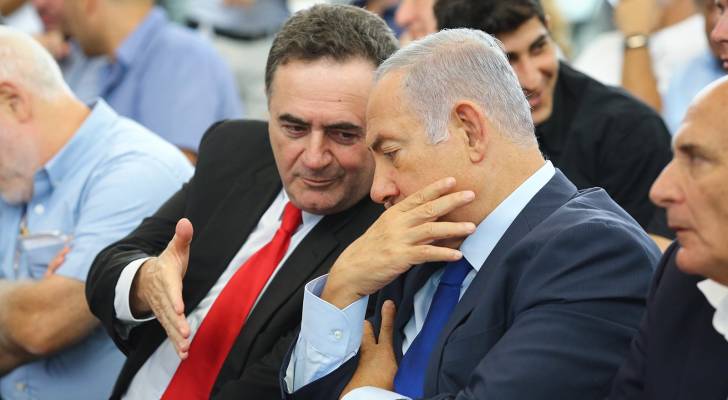 “Israel” says striking Syrian govt forces in Suwayda
“Israel” says striking Syrian govt forces in Suwayda